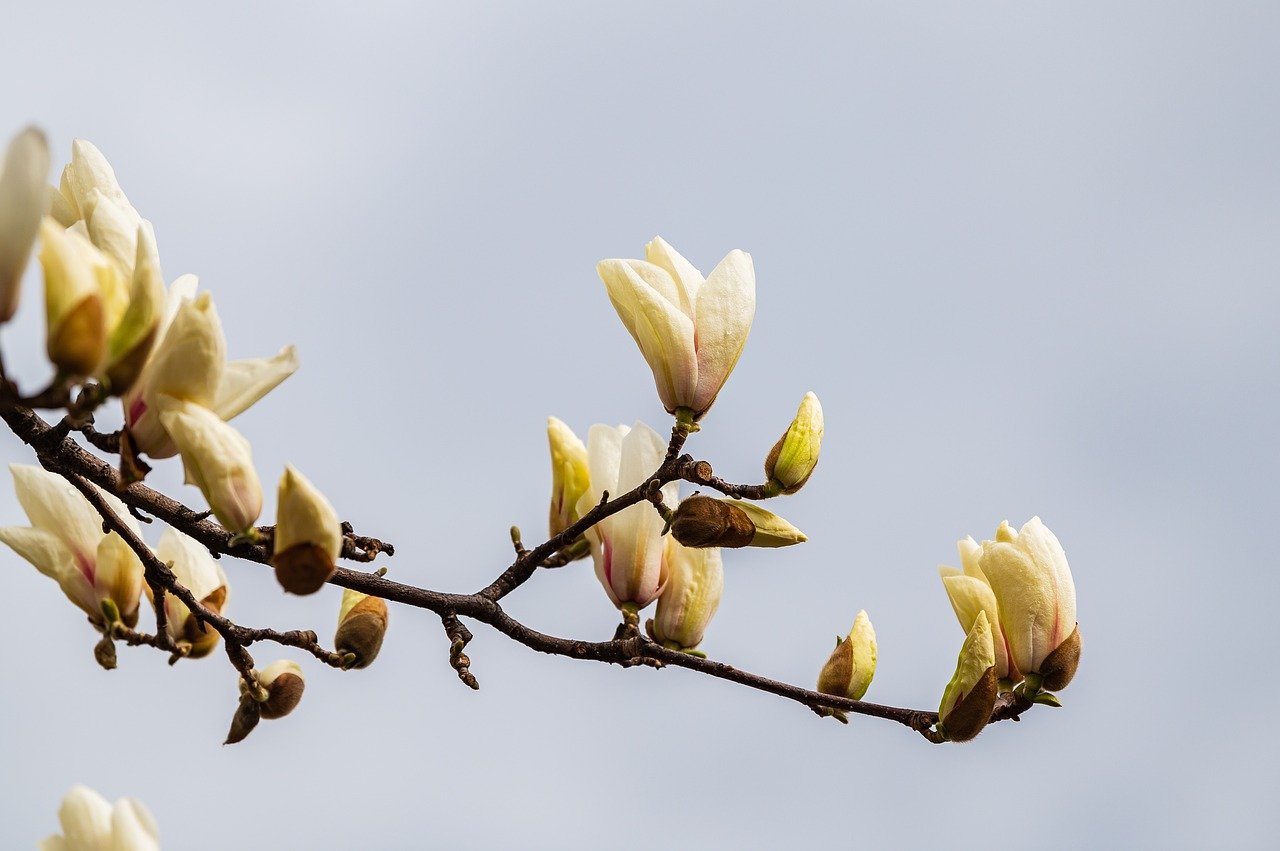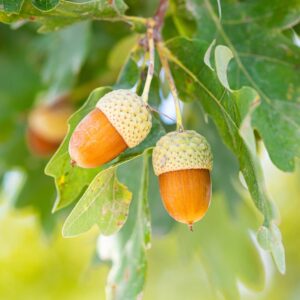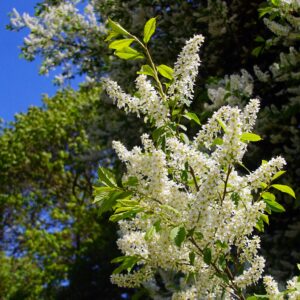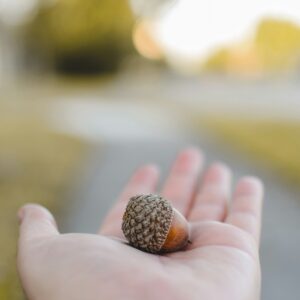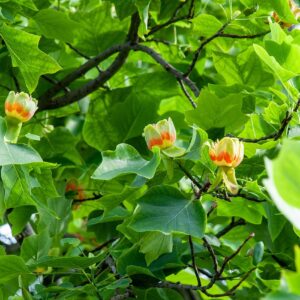Cucumber Tree (Magnolia acuminata), also known as Cucumber Magnolia or Cucumber Tree Magnolia, is a deciduous tree native to eastern North America. It is recognized for its unique foliage and large, fragrant flowers. Cucumber Tree is a striking and versatile tree that offers both aesthetic and ecological benefits. Its large foliage, unique flowers, and rapid growth make it a valuable addition to a variety of garden and landscape settings.
Appearance:
Size: The Cucumber Tree typically grows 50-80 feet (15-24 meters) tall with a spread of 30-50 feet (9-15 meters). In optimal conditions, it can reach up to 100 feet (30 meters). It has a broad, pyramidal to rounded canopy with a dense growth habit.
Leaves: The leaves are large, elliptical to ovate, and measure about 6-12 inches (15-30 cm) long and 3-6 inches (7.5-15 cm) wide. They are dark green on the upper surface and paler green underneath, with a smooth texture and a slightly wavy edge. The leaves have a cucumber-like aroma when crushed, which is one reason for the tree’s common name.
Flowers: The Cucumber Tree produces large, showy flowers that bloom in late spring to early summer (May to June). The flowers are creamy yellow to greenish-yellow, about 3-4 inches (7.5-10 cm) across, with six petal-like tepals. They have a pleasant fragrance and are relatively inconspicuous among the foliage but can be quite striking up close.
Fruit: The fruit is a cone-like aggregate of follicles, about 3-4 inches (7.5-10 cm) long, which turns brown when mature. The cones split open to release bright red seeds. The fruit is not particularly ornamental but is of ecological value.
Bark: The bark is smooth and grayish-brown when young, becoming furrowed and rougher with age. It has a relatively understated appearance compared to the tree’s flowers and leaves.
Habitat: Cucumber Tree prefers well-drained, fertile soils and is commonly found in rich, moist woodlands, bottomlands, and along stream banks. It thrives in a range of soil types, including loamy and clayey soils. It is hardy in USDA Hardiness Zones 4 to 8.
Uses:
Ornamental: The Cucumber Tree is valued for its large leaves, attractive flowers, and overall size. It is often used as a specimen tree in large gardens and landscapes. Its unique foliage and fragrant flowers add considerable aesthetic value.
Ecological: The tree provides habitat and food for wildlife. The seeds are eaten by birds and other small animals, while the flowers attract pollinators like bees.
Woodworking: The wood of Cucumber Tree is used for various applications, including furniture, cabinetry, and millwork. It is relatively soft and light but is not commonly used commercially compared to other hardwoods.
Care:
Pruning: Prune Cucumber Tree in late winter or early spring before new growth begins. Pruning helps maintain the tree’s shape, remove any dead or damaged branches, and improve air circulation within the canopy.
Watering: The tree prefers consistently moist soil but can tolerate brief periods of drought once established. Regular watering during dry spells helps maintain its health and appearance.
Fertilizing: A balanced, slow-release fertilizer applied in early spring can support healthy growth and flowering. The tree is not overly demanding in terms of fertilization.
Pests and Diseases: Cucumber Tree is generally resistant to pests and diseases but can occasionally be affected by issues such as leaf spot or scale insects. Regular monitoring and proper care can help manage these issues.

